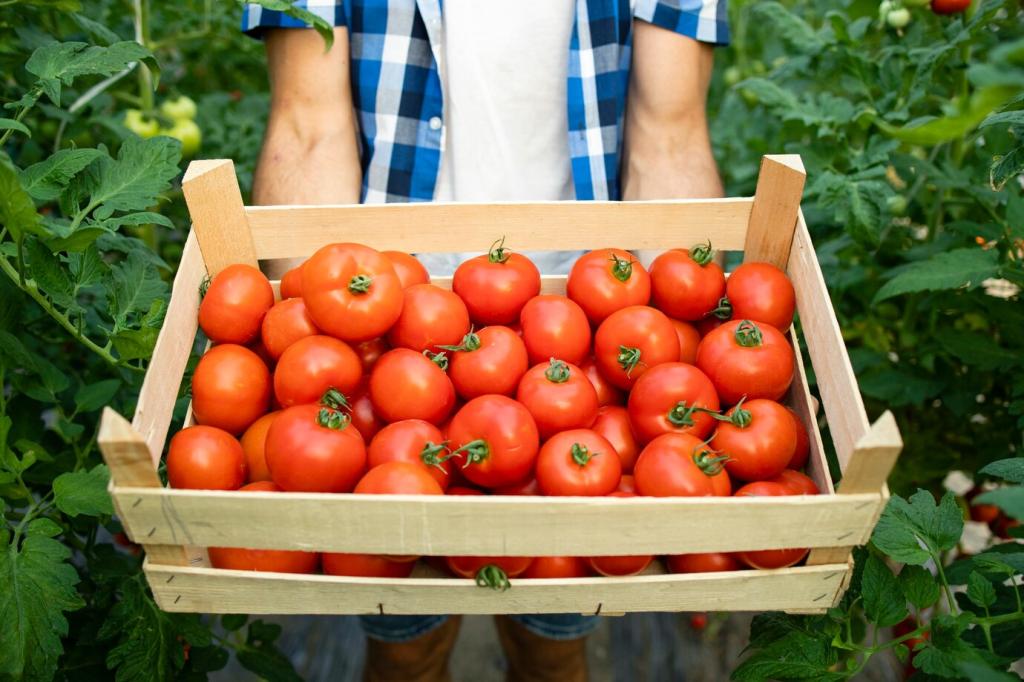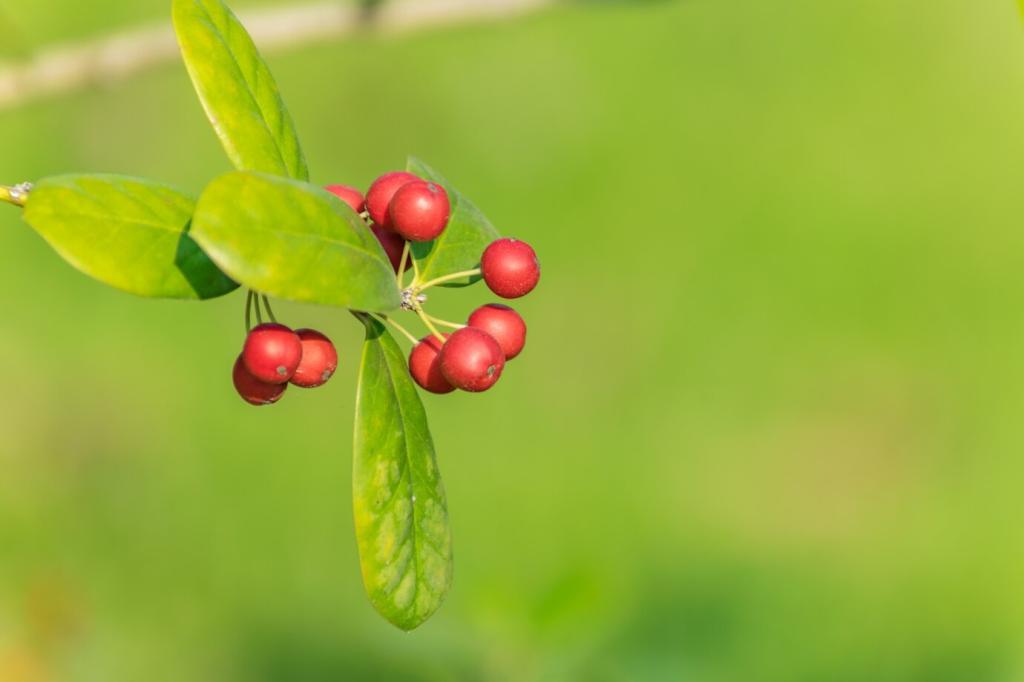Soil Biology: The Engine Behind Natural Mixes
Compost, worm castings, and leaf mold teem with bacteria and fungi that digest complex materials into gentle, plant-ready nutrients. When you feed soil life thoughtfully, your vegetables receive a steady, balanced diet rather than a short, stressful nutrient rush.
Soil Biology: The Engine Behind Natural Mixes
Nitrogen from alfalfa meal or compost drives leafy growth, phosphorus from bone meal or rock phosphate supports roots, and potassium from kelp meal strengthens overall vigor. Mixes that respect these roles keep vegetables productive without the burn risks of overly hot formulations.




